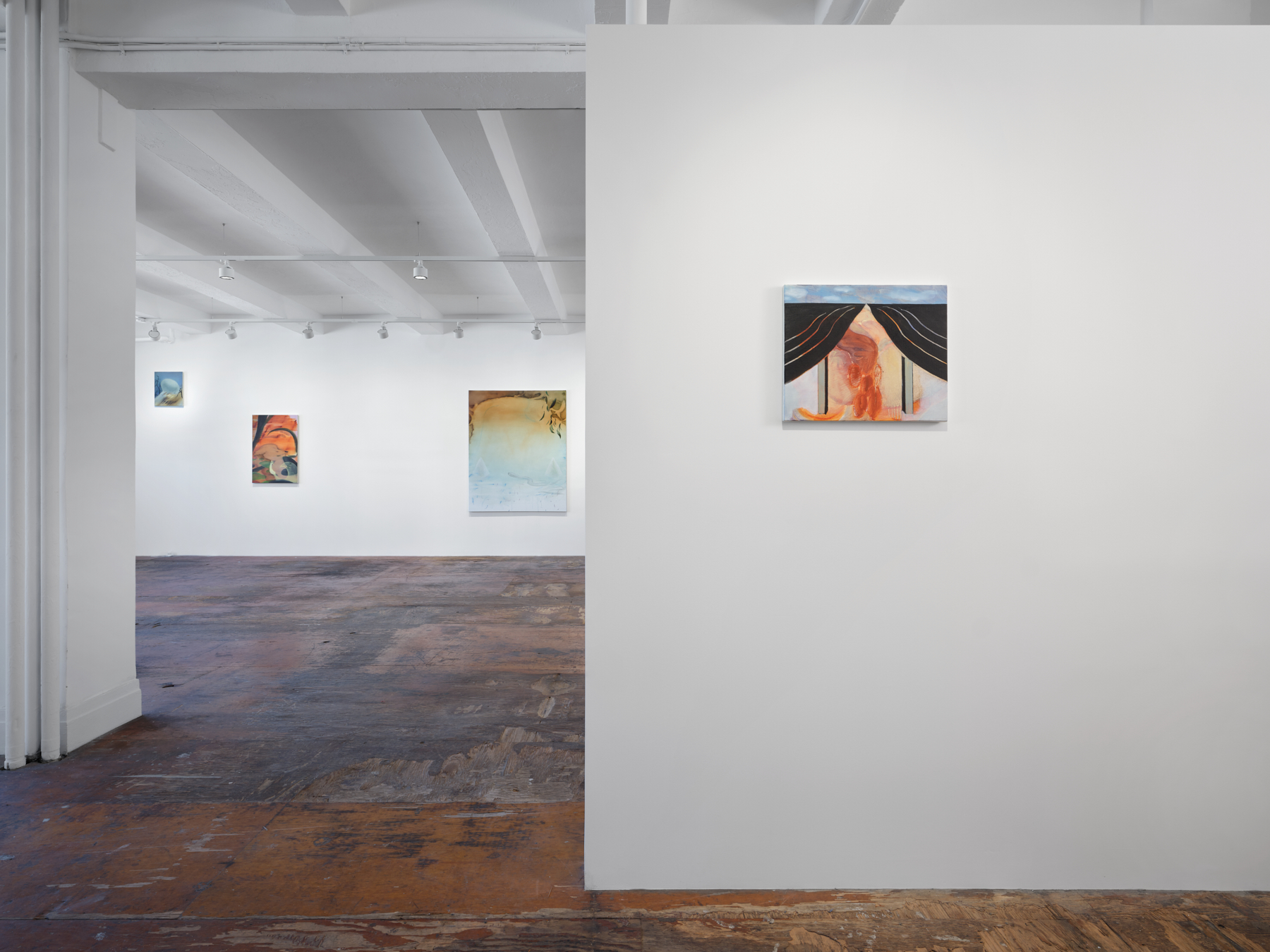Kiang Malingue is pleased to announce the inauguration of its New York gallery space with “幽光 The Lights from the Deep Mountains”, an exhibition of recent paintings by Hiroka Yamashita. This is the Japanese artist’s second exhibition with Kiang Malingue following “Field, Force, Surface” in 2022, also her debut in New York since graduating from the School of Visual Arts in 2017.
Inheriting and transforming through the act of painting an ancient way of existence for which the relationship between the mundane and the spiritual is conspicuously immediate, Yamashita has created in 2025 more than a dozen paintings that depict fabulous phenomena and forsaken connections. Yamashita: “The people who once lived on the islands found spiritual presence in nature—such as the sun and stars, rocks and forests, trees and waterfalls—and they worshipped them. It wasn’t religion in the way we usually think of it today. These feelings of reverence were not only expressions of gratitude for nature’s blessings, but also earnest prayers born from fear of disasters—deeply connected to everyday life, meant to protect their way of living and to carry life forward.” In a series of recent paintings, she examines individual relics and rituals on canvas, musing on the waning influence of animistic forces and entities in life.
In 《鬼と母》(Oni and Mother, 2025), a painting that reinvigorates traditional forms and colours, Yamashita recalls attending a Lunar New Year dance ritual that is meant to exorcise an oni (demon); her nephews were frightened by the demon character and hid inside their mother’s coat. Yamashita worked on the triptych several times, leaving in her distinctive style visible traces of additions and erasures. As a result, although the titular demon is confined to the margin of the painting, Yamashita’s brushstrokes, broad washes and translucent, floating figures together give birth to a scene that haunts by evoking an otherworldly vision. Also festive in essence, the ecstatically passionate 《柴灯》(The Lunar New Year Bonfire, 2025) depicts a ritual of fire worship that took place in Yamashita’s hometown, celebrating a primal, sacrificial force that is at once creative and destructive. The hovering katashiro paper manikin (used as human substitutes in rituals) also reminds one of the original link between rituals and non-human forces.
《うなぎひめ》(Unagi-hime Princess Eel, 2025) is based on a trip Yamashita took to the town of Yufuin, Ōita Prefecture, Japan, where there is a shrine dedicated to Unagi-hime, the eel princess who is associated with the founding myth of the town. In local folklore, Unagi-hime is an eel who shapeshifts into a woman. Gorgeous contrast of colours divide the composition into several areas, juxtaposing intriguing views from a cavernous environment with the tranquil landscape of Lake Kinrin. The deity’s visage in the centre, along with the hand floating in the air just as that seen in 《鬼と母》(Oni and Mother), demonstrates the artist’s ability to delineate the ephemeral, irreducible facets of a graceful water being in her element. Based on Yamashita’s experience in Niimi, Okayama Prefecture, she created 《盛り塩》(Salt Mounds, 2025), a deeply reflective composition. Salt mounds are placed along streets during ceremonies due to their purifying and auspicious qualities, and have gradually become a ubiquitous part of the everyday life. The writhing snake in the image, on the other hand, is a recurring motif of Yamashita’s—it was depicted, for example, in paintings such as 《戸開》(Tobiraki, 2024), a diptych that was central to the exhibition “こをろこをろ koworo-koworo” in Los Angeles in 2024. In certain areas of Okayama, the belief in the deity Kōjin is deeply rooted, and it is said that the deity appears in the form of a snake.
Yamashita has developed a renewed interest in the country’s enduring customs, folk tales and beliefs since she returned to Japan in 2019 after earning her MFA from Mason Gross School of the Arts at Rutgers University, New Jersey: “These old customs, even when their original meanings have been forgotten, are signs that people once prayed there. They carry traces of love, care, fear, remorse, and mourning. When I come across these remnants of belief or everyday life, I think of the people who once lived there—and I feel like, somehow, they’ve passed something on to me.” Re-examining Japanese traditional culture against the reality of a rapidly changing world, Yamashita wishes to rediscover, retrieve and retell: “The things and prayers that have quietly continued in the remote mountains of this island nation stand in stark contrast to the news of global affairs that we are exposed to every day, and they shine with an incredibly strong light for me.”
(About Hiroka Yamashita)
Hiroka Yamashita (born in 1991 in Hyogo, Japan) lives and works in Okayama. She received her BFA from the School of Visual Arts, New York in 2017 and her MFA from Mason Gross School of the Arts at Rutgers University, New Jersey in 2019. Recent solo exhibitions include: “Earthing”, Caprii, Sies + Höke, Düsseldorf (2024); “こをろこをろ koworo-koworo”, BLUM Gallery, Los Angeles (2024); ’GEN玄’, Taka Ishii Gallery, Tokyo (2023); ‘Fūdo’, Tanya Leighton, Berlin (2022); ‘project N 84’, Tokyo Opera City Art Gallery (2021); ‘Cosmos Remembered’, The Club, Tokyo (2021); and ‘Evanescent Horizon’ (with Naoya Inose), FOMO Art, Taipei (2021). Her work has been included in recent group exhibitions: ‘Their private worlds contained the memory of a painting that had shapes as reassuring as the uncanny footage of a sonogram’, curated by Sedrick Chisom, Matthew Brown Gallery, Los Angeles (2022); ‘Dancing in Dark Times’, Pippy Houldsworth Gallery, London (2021); and ‘Daichi Takagi, Lucía Vidales, Hiroka Yamashita’, Taka Ishii Gallery, Tokyo (2020), among others.
幽光 The Lights from the Deep Mountains Hiroka Yamashita
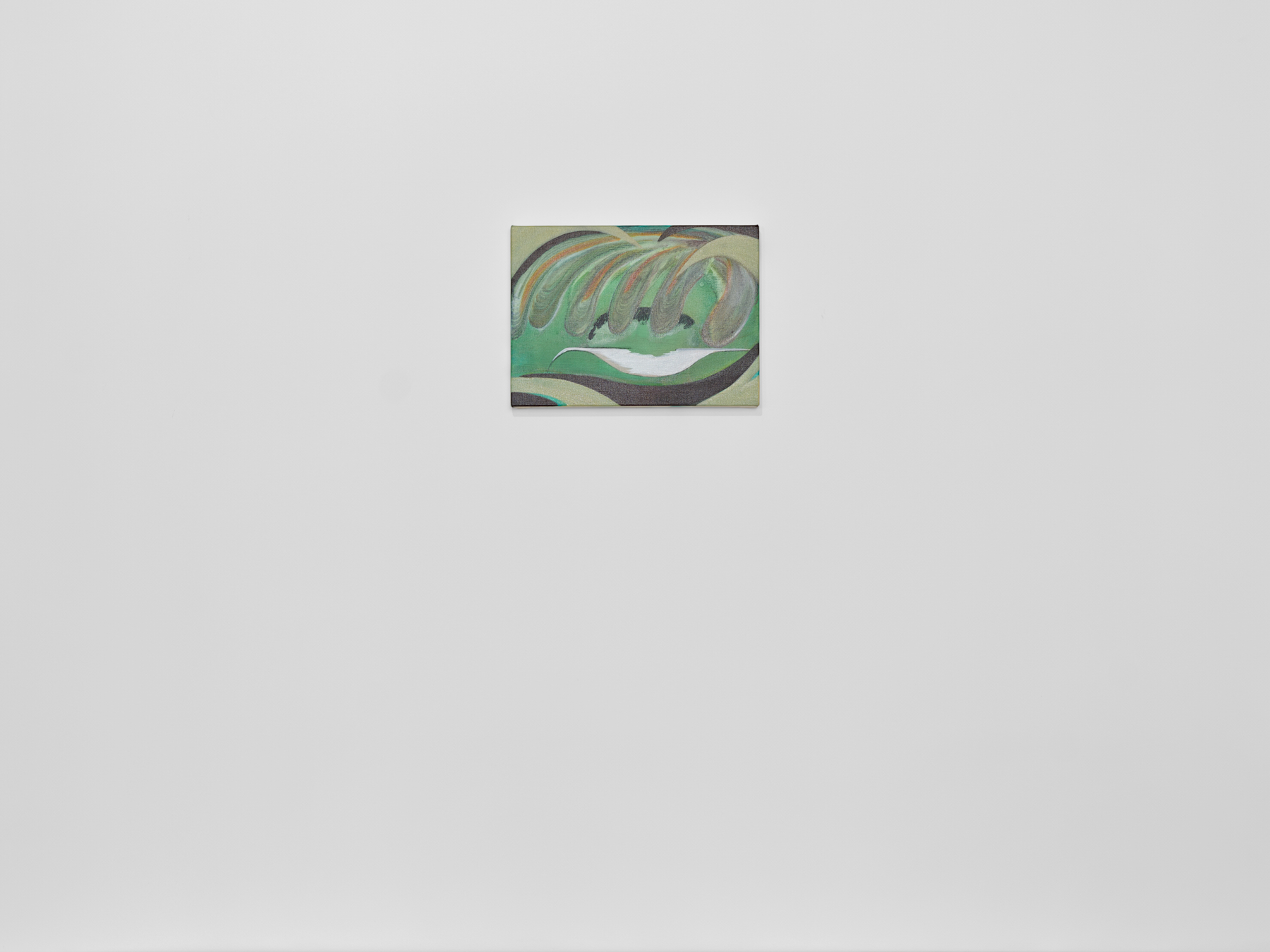
24 x 33.5 cm
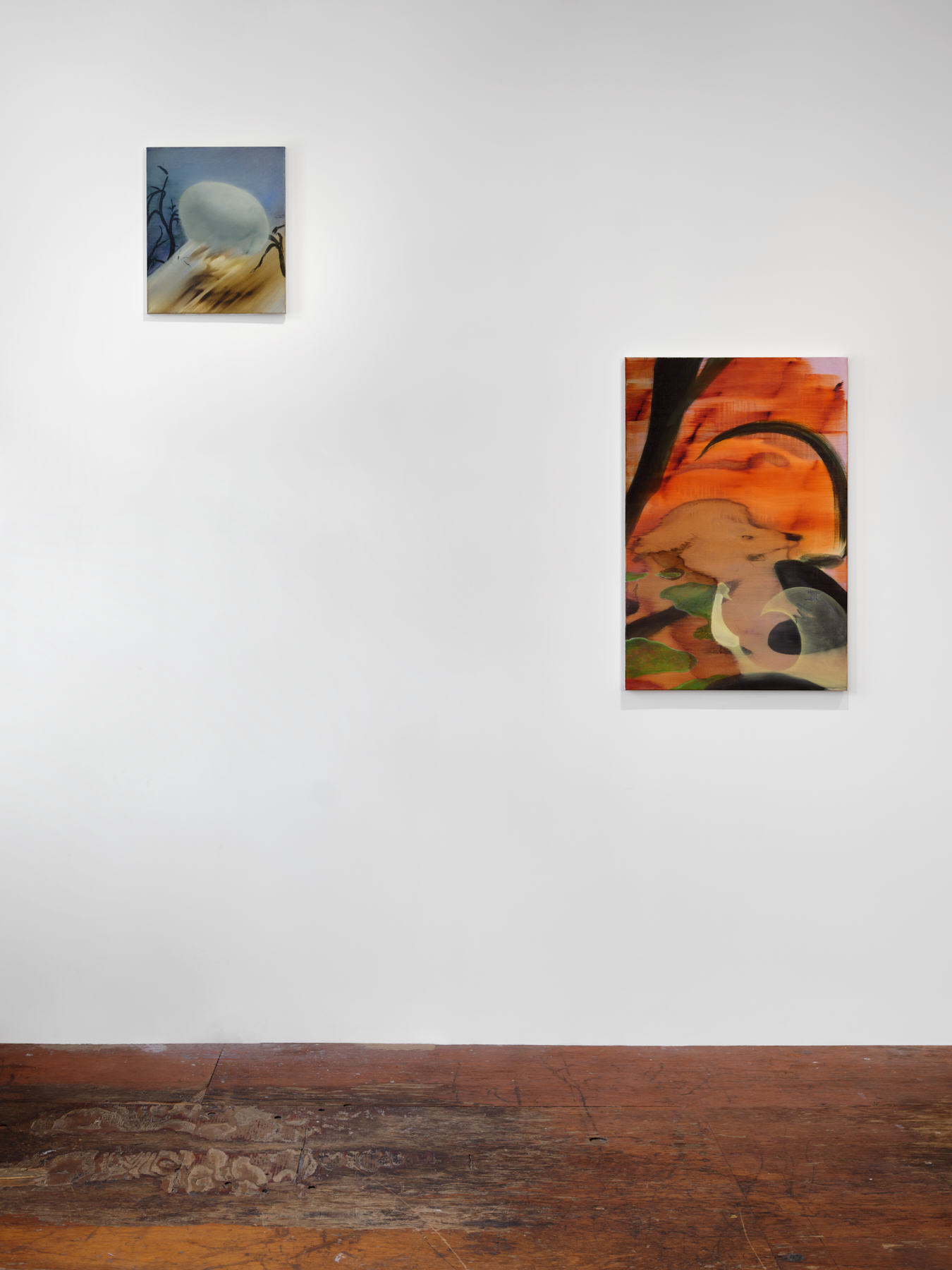
Installation view
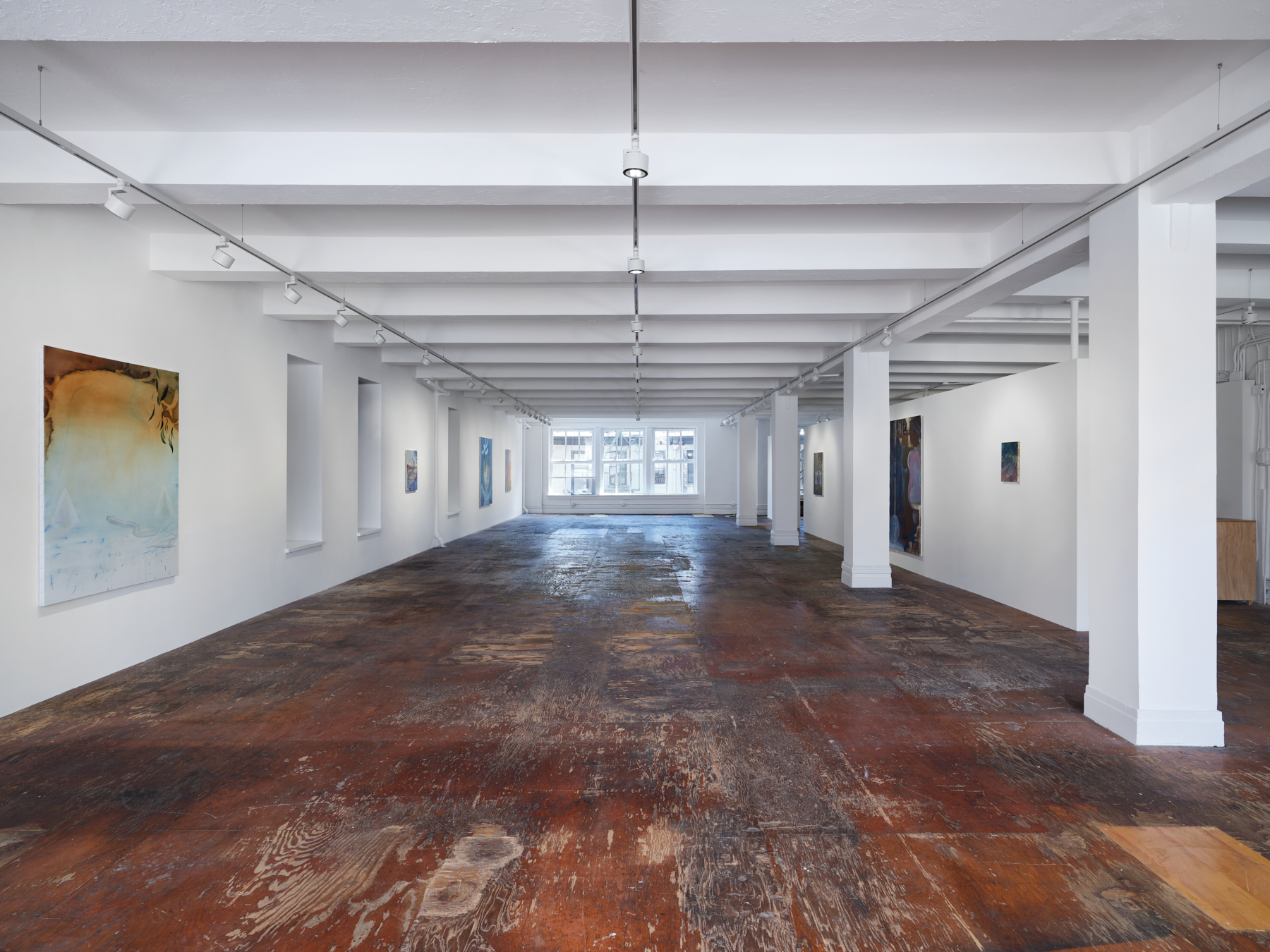
Installation view
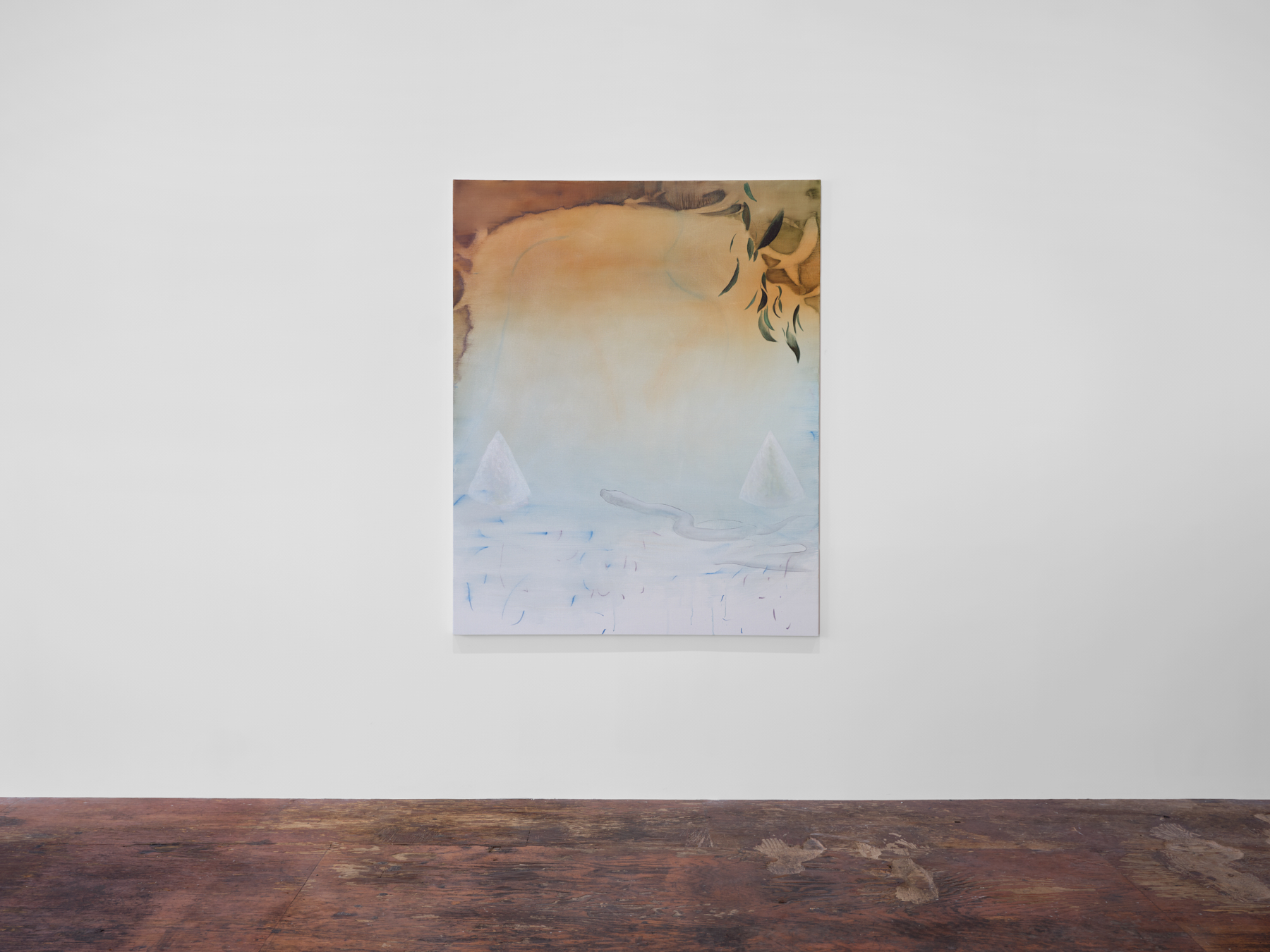
162 x 130 cm
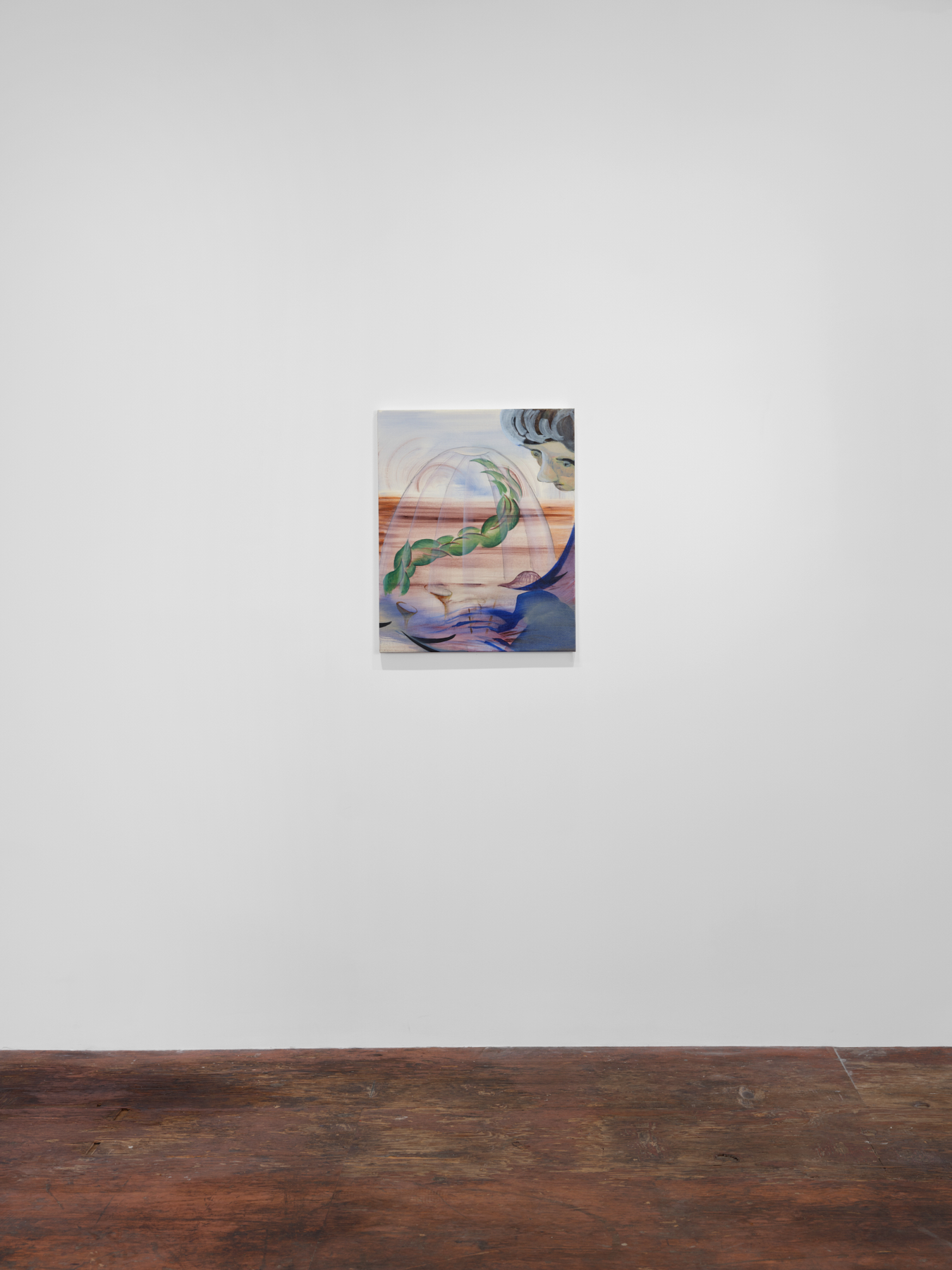
65.5 x 53 cm
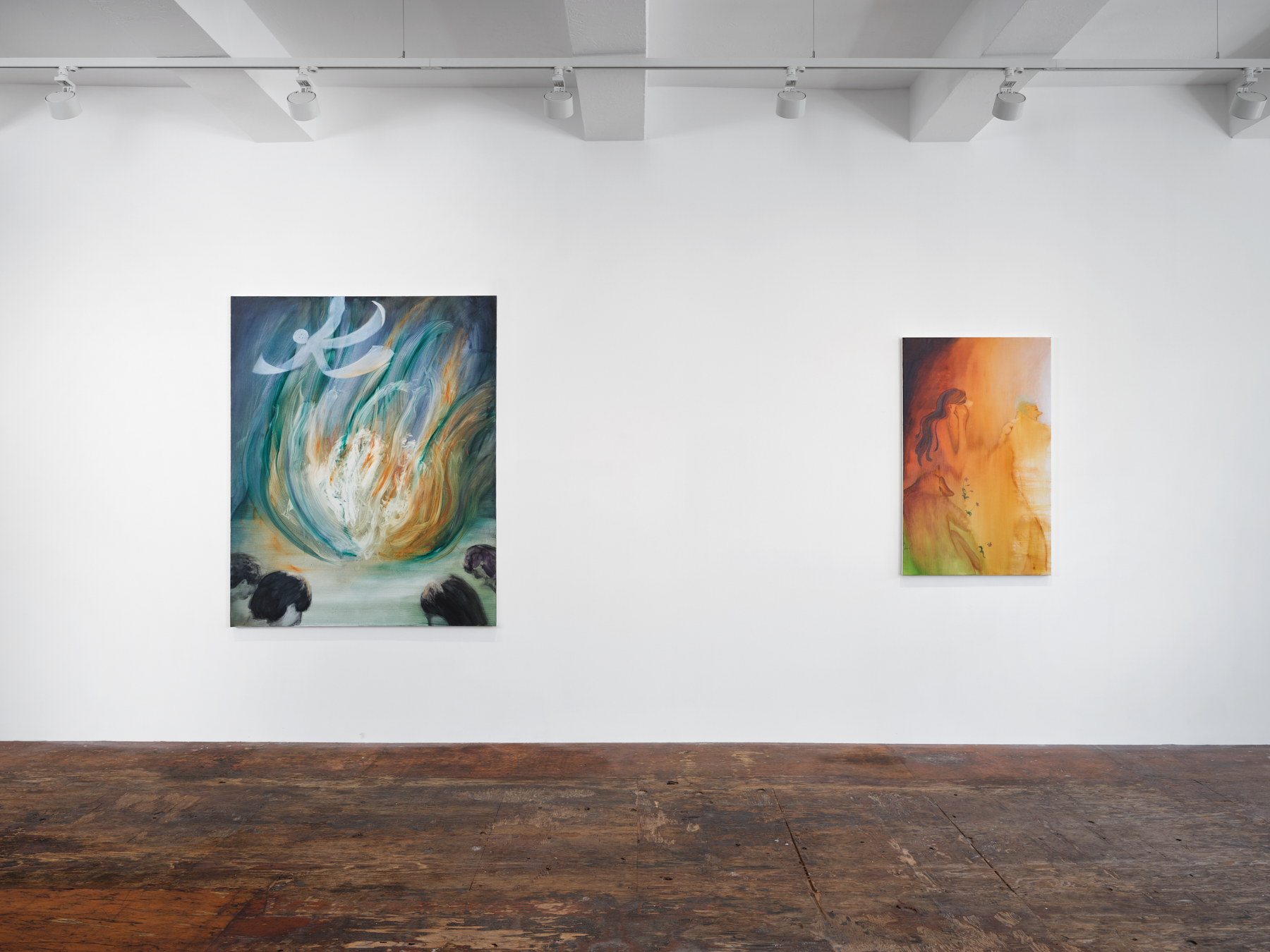
Installation view
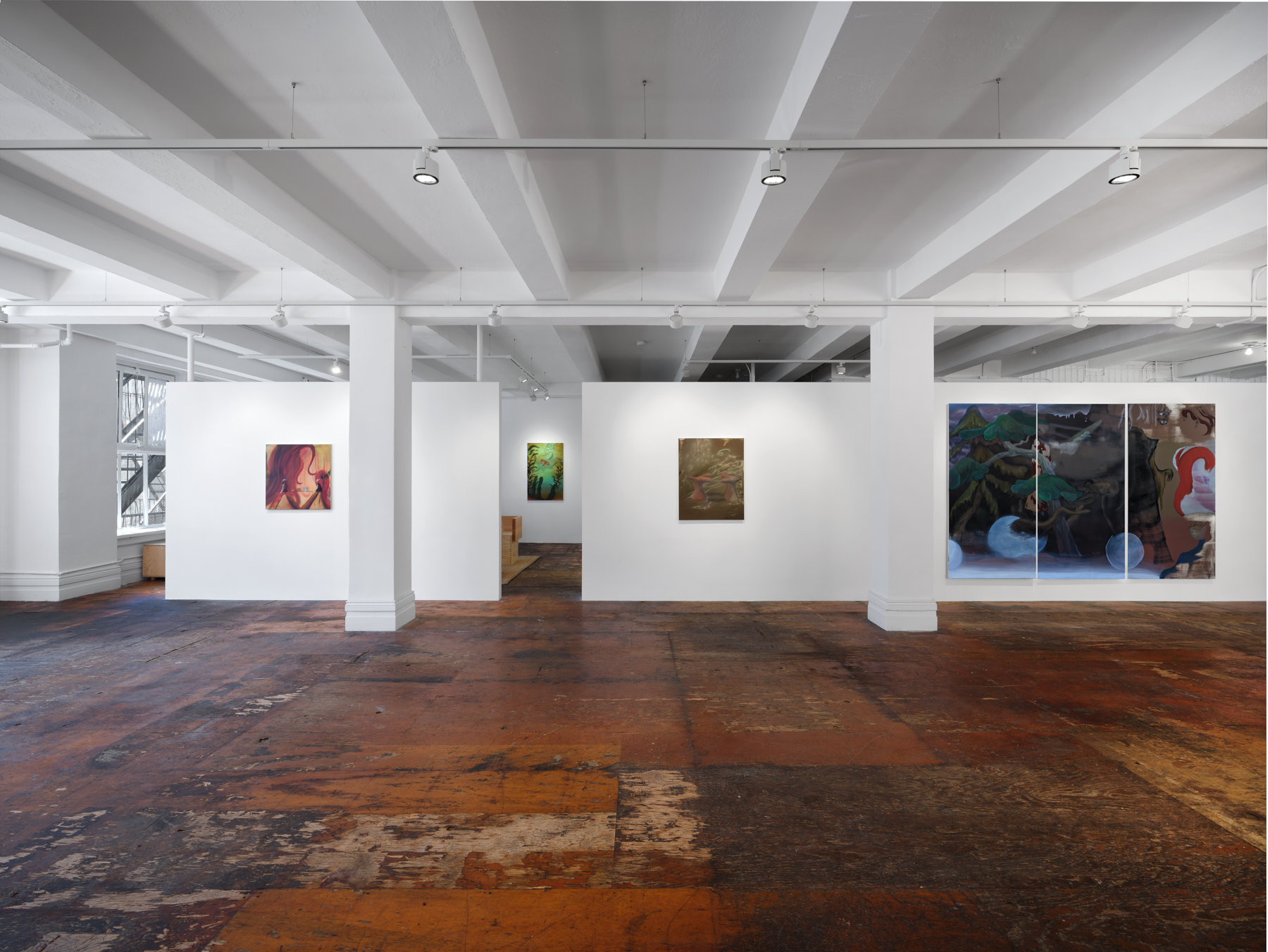
Installation view
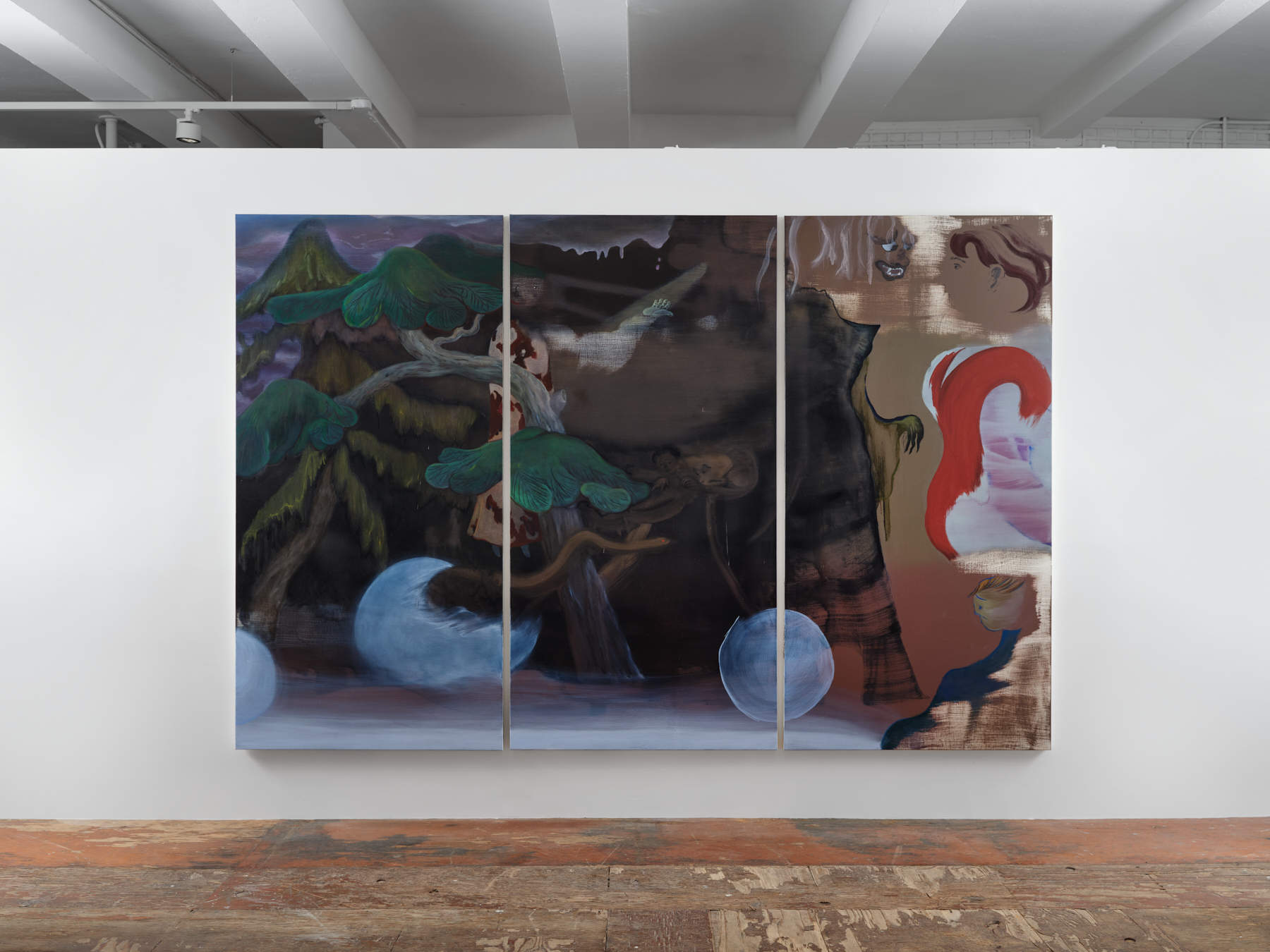
76 3/8 x 114 5/8 in, 76 3/8 x 38 1/4 in each
194 x 291 cm, 194 x 97 cm each
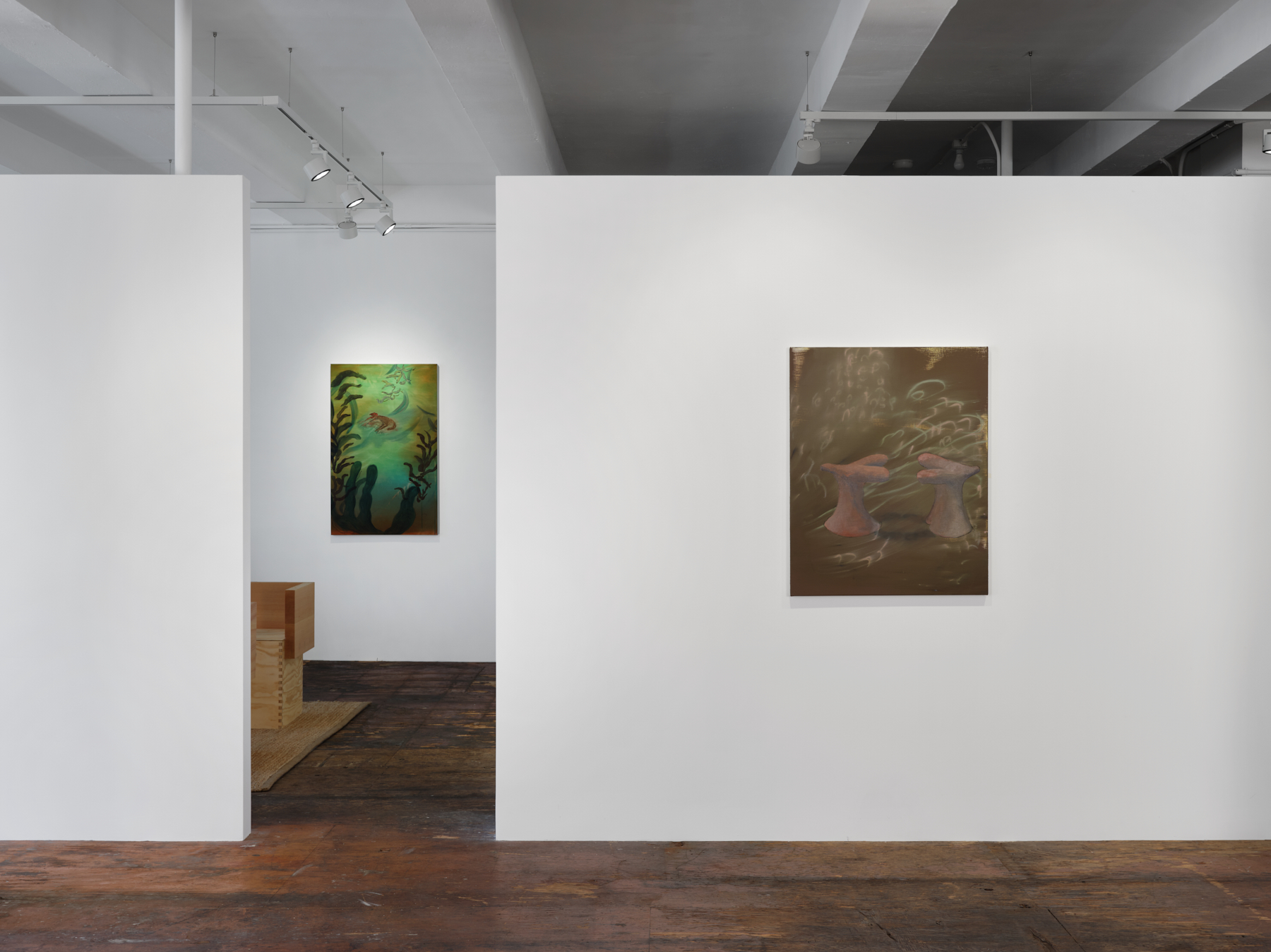
Installation view
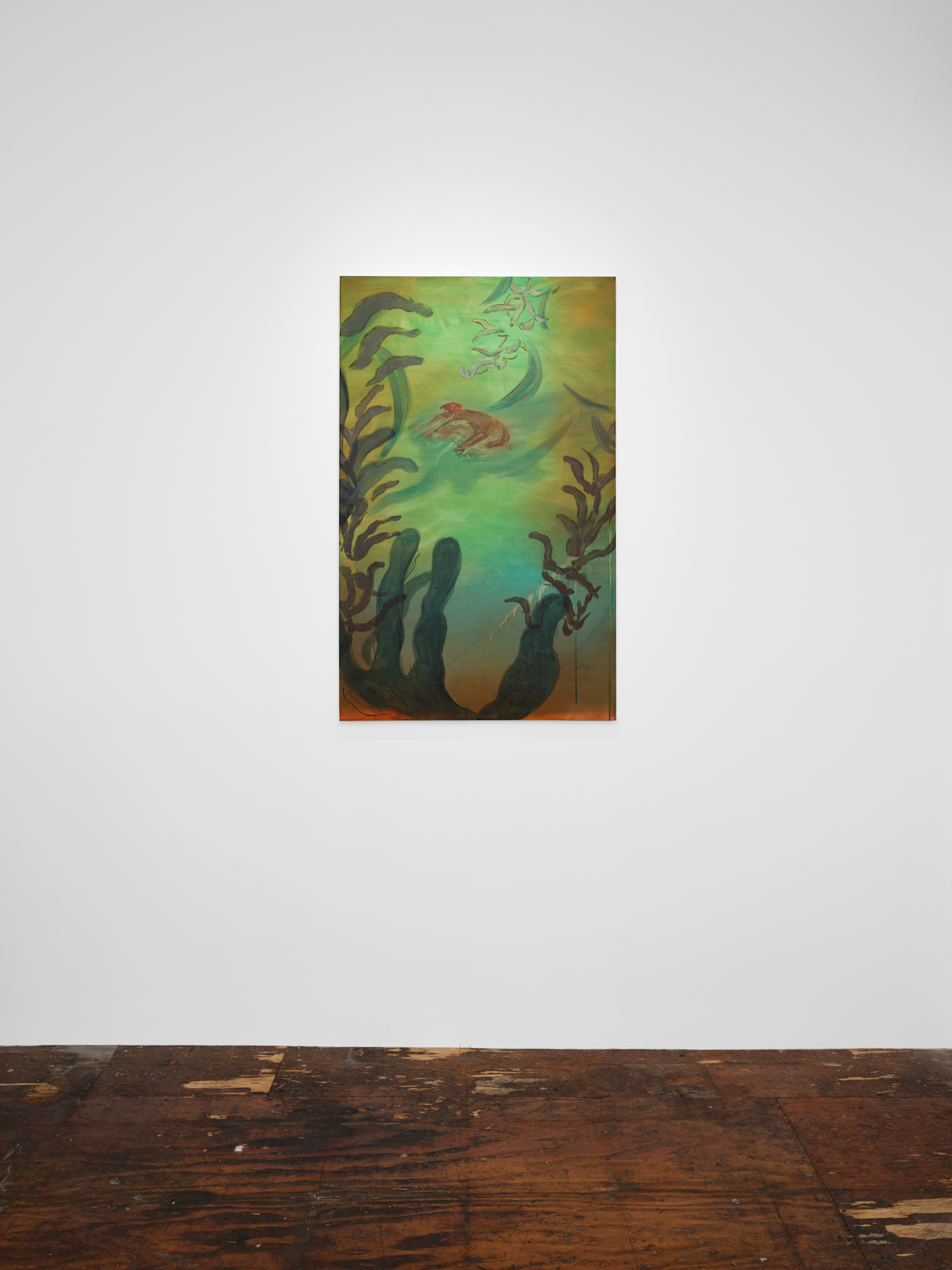
116.5 x 73 cm
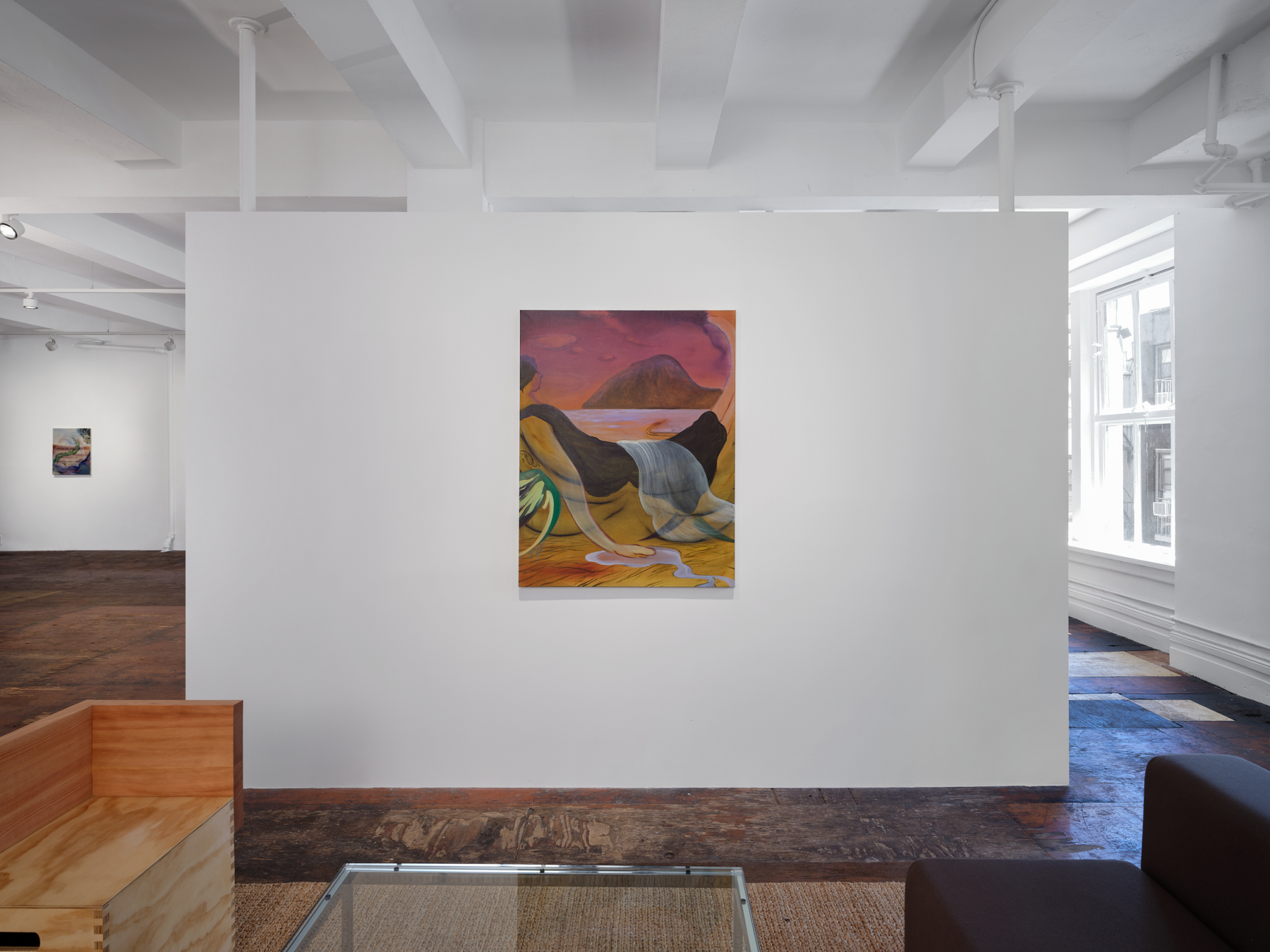
116.5 x 91 cm
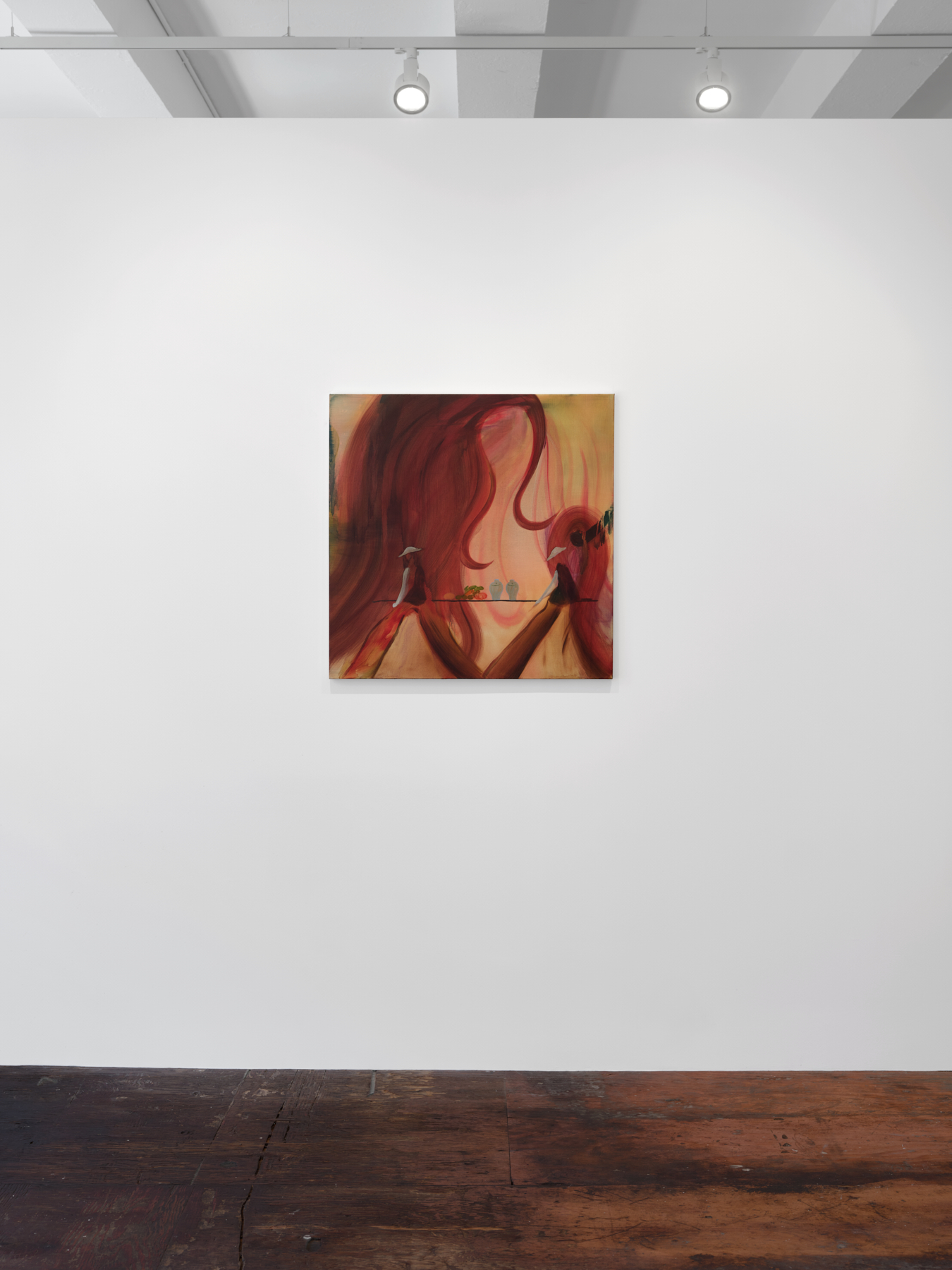
73 x 73 cm
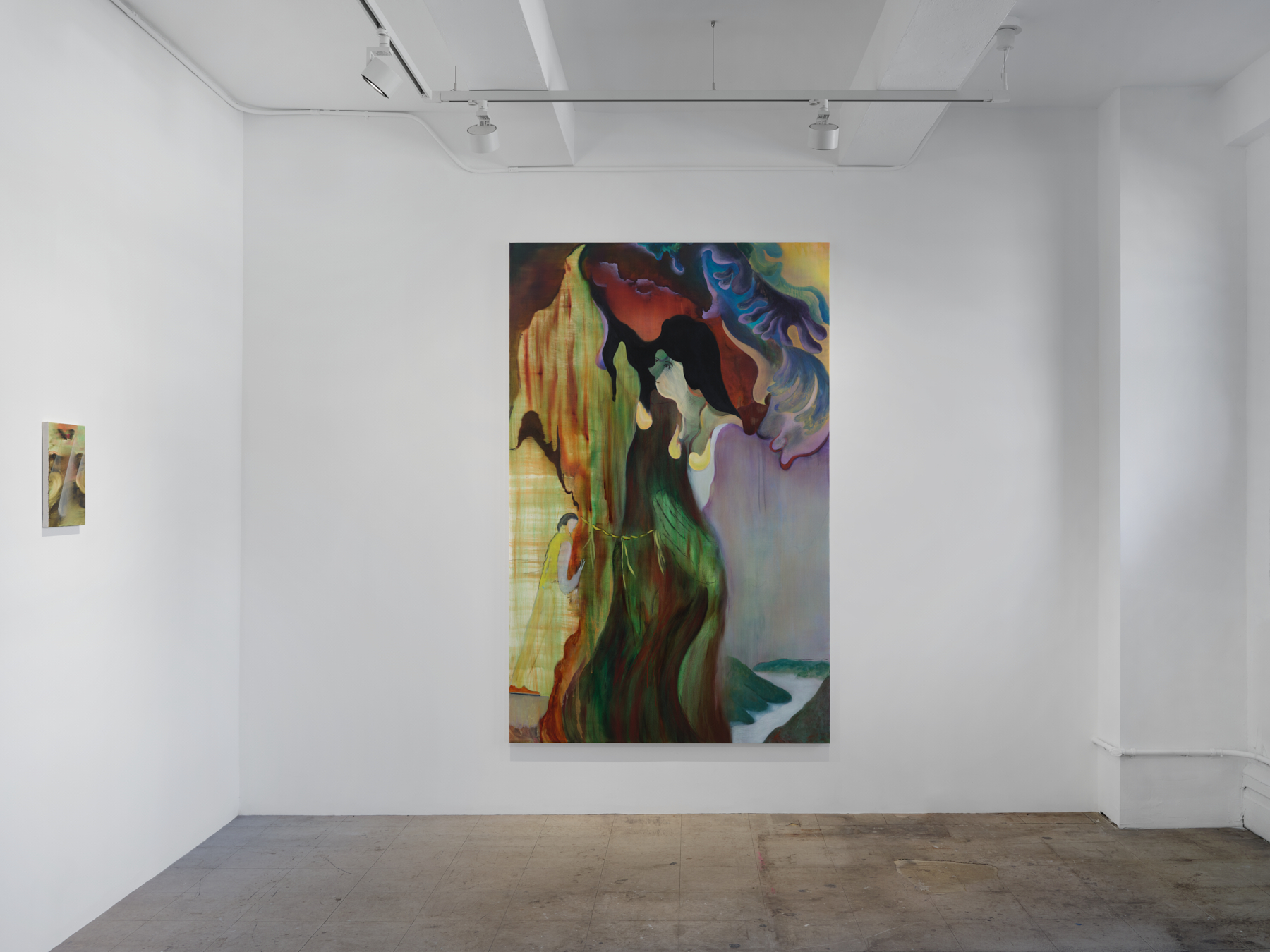
227 x 145.5 cm
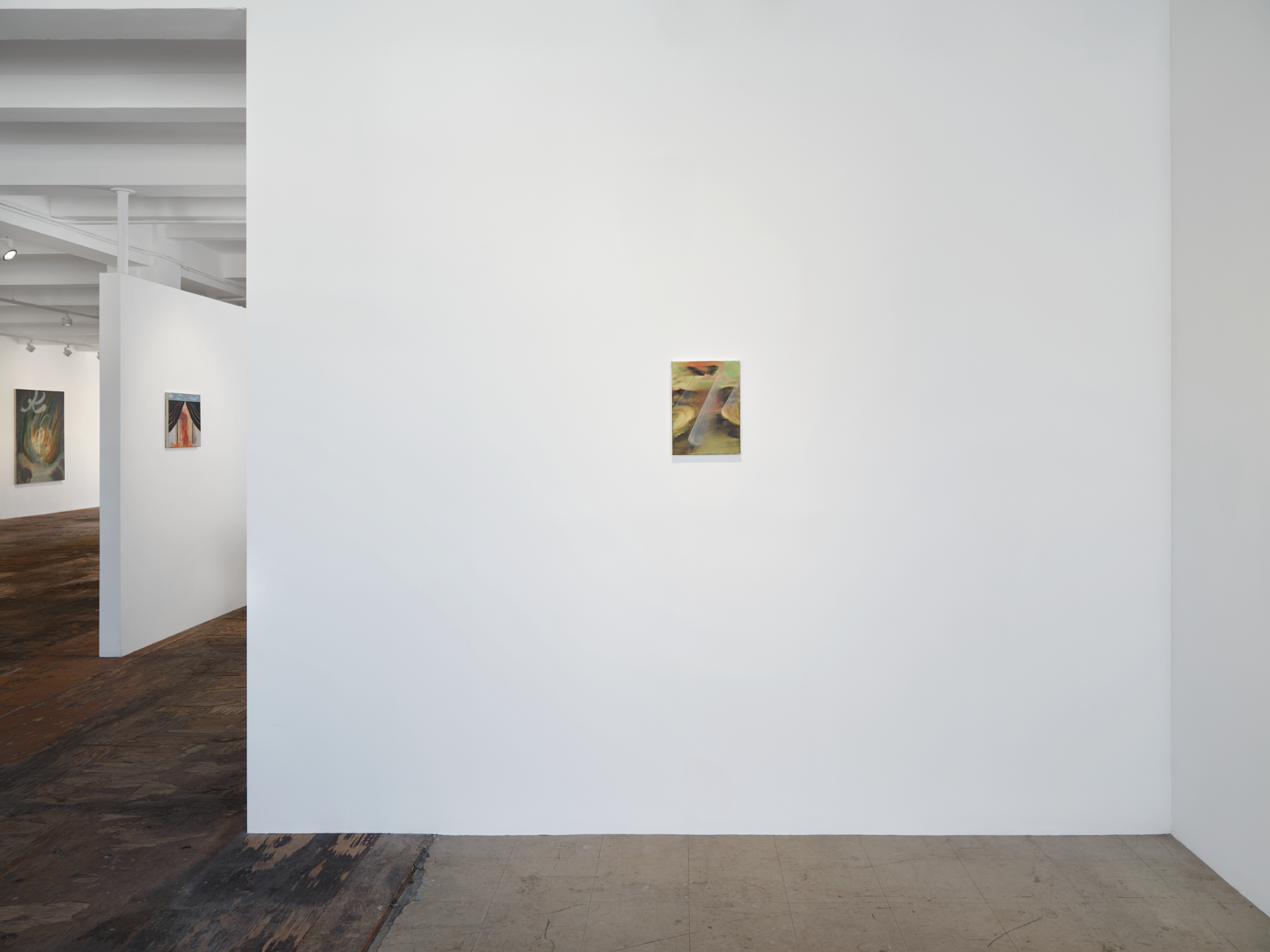
33.5 x 24 cm
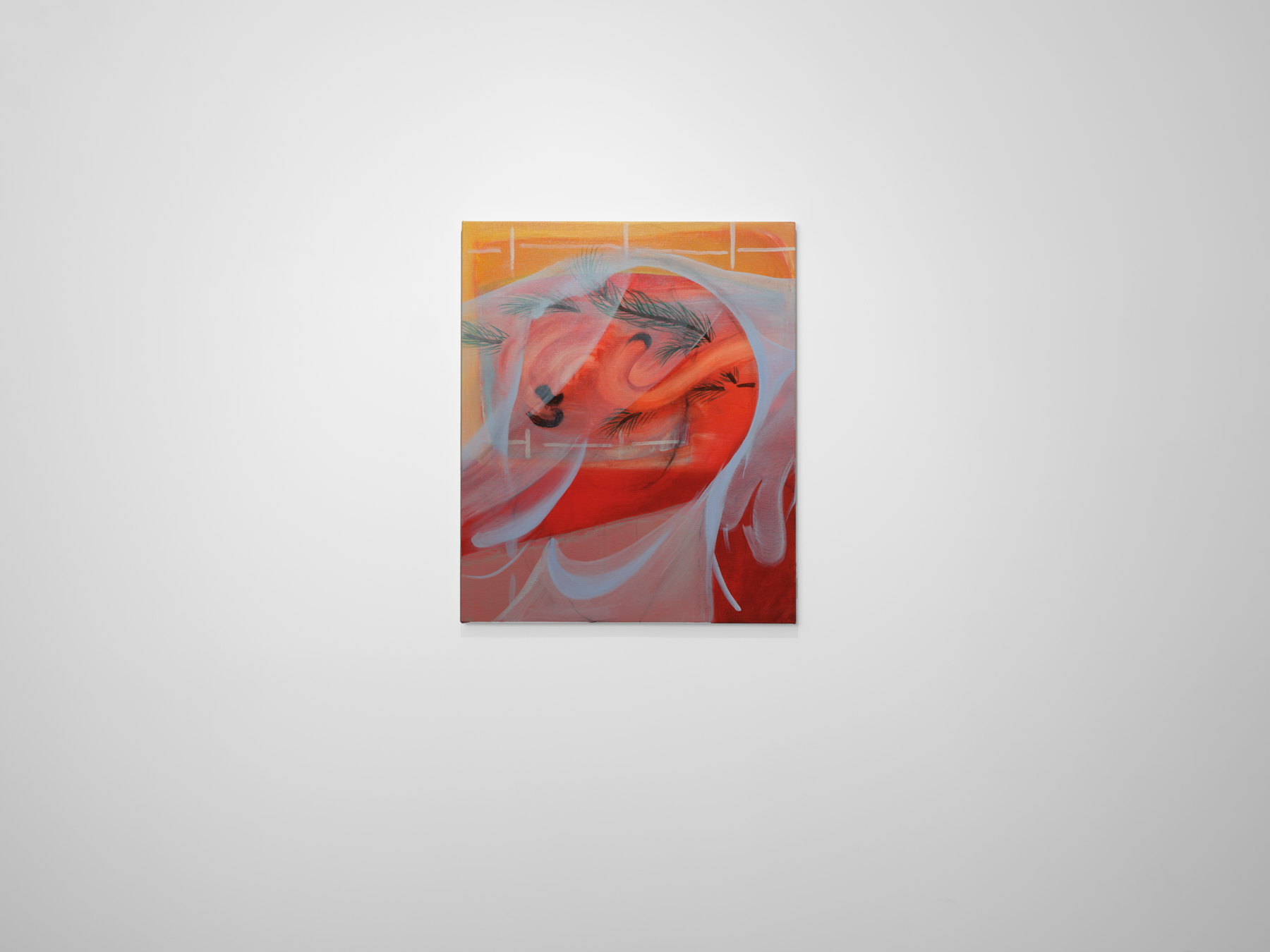
73 x 61 cm
